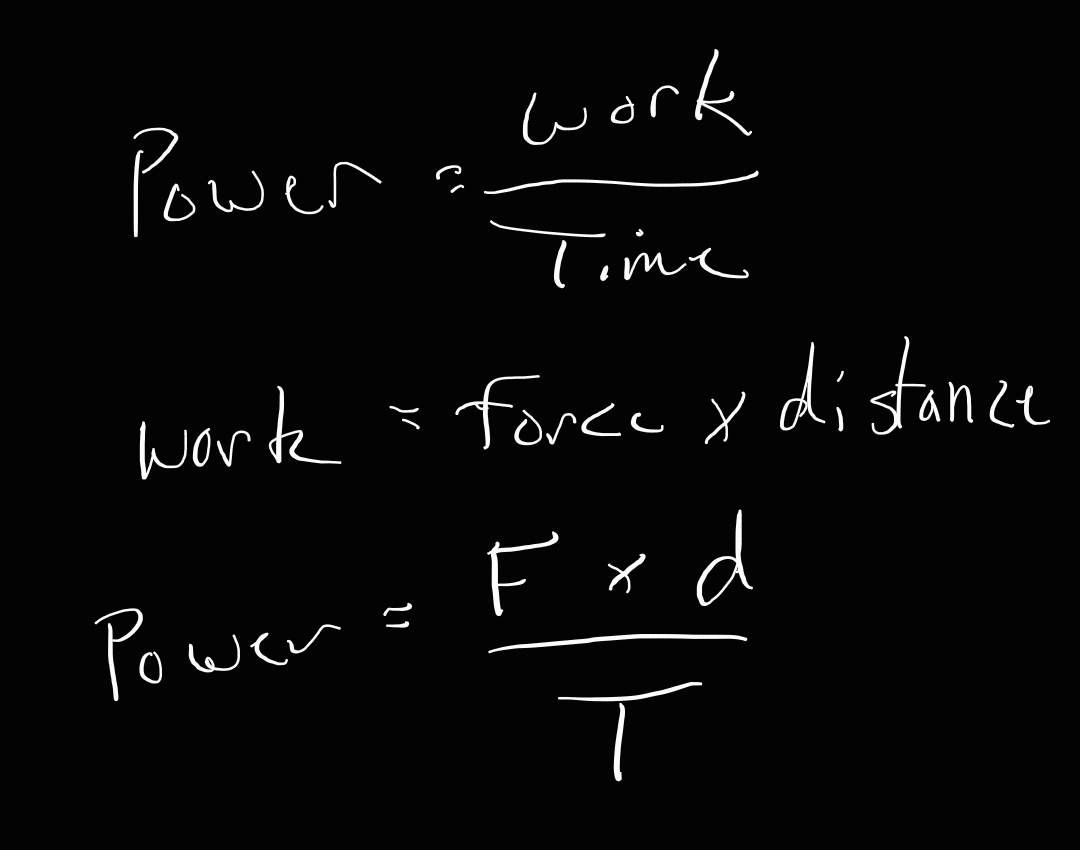Increasing Your 1 Rep Max: The Most Important Variable to Strength Training

Embrace the power equation
As competitor in wrestling, football, and CrossFit being as strong as I could be without neglecting other areas of my training was a priority. I found achieving strength numbers like a 400lbs bench, 450lbs back squat, and 550lbs deadlift was enough strength to ensure I was never overpowered by my opponents. Learning how to get stronger while enhancing skills and endurance, led me to one fundamental variable that must be in place while chasing strength gains.

The secret to increasing your one repetition maximum (1RM), or simply your 1 rep max, lies in a simple mathematical formula: Power = (Force * Distance) / Time. To take your strength training to the next level, it's imperative to understand the implications of this formula on every aspect of your regimen.

While there are various types of strength, we're focusing here on your ability to lift the maximum weight possible in a single repetition. Factors such as weight, repetition count, specific ranges of motion, and tempo (time under tension) must be optimized to generate the greatest average power output across all levels - from a single rep to an entire year of training.
Time under tension vs. maximum power
A common misconception is that slower tempos with lighter weights lead to strength gains. While this may be effective for muscle growth, thanks to the principle of "time under tension", it's not the ideal approach for enhancing maximal strength.
Slowing down your tempo diminishes your average power output, and this lack of power fails to provide the stimulus needed to increase your training max. To illustrate, if you perform a single rep of bench press at 135lbs over 10 seconds, the average power would be just 13.5 pounds per second. However, if you press 315lbs in 3 seconds, your average power leaps to 105 pounds per second. Thus, the 315lbs set is far more effective for strength training with a focus on building maximal strength.
Speed is key: Understanding rate force production
Contrary to what some believe, more time under tension does not always equate to greater strength, it usually leads to strength endurance. Clarity of goals is important here. Remember the goal we are talking about is your one rep max, in other terms "the largest load you can move a certain distance". Reducing your time under tension will increase the amount of weight you can move.
For example, a 1 rep max can be missed simply because the tempo was too slow, causing your neuromuscular system to exhaust before completing the rep. By increasing the tempo, you can complete the 1 rep max at the same weight that previously caused failure.
It is easy to confuse static hold execises and slow tempos as a great way to build strength, they are not. As a wrestler and athlete, the speed at which you lift plays a vital role. Your body must learn to lift the maximum weight as quickly as possible before fatigue sets in, a concept known as rate force production.Therefore when performing your heavy lifts, do them as fast as you can, slowing down only as much as you need to in order to maintain good form.
The rule of specificity and DNA expression
Under the rule of specificity, your body adapts precisely to the stimulus you provide it. This means if you're constantly powerlifting with heavy weights, your body will optimize itself for this specific task.
On a molecular level, your body's DNA expression changes based on the stress you impose upon it. Certain parts of your DNA might remain dormant your entire life if they're never challenged by the right stimuli.
Programming a power-driven strength training session
To design a strength session with the power formula in mind, start with a compound lift targeting the weak point or the specific function you want to enhance.
For example, to improve squat strength, kick off with back squats. Classic rep schemes like 5 sets of 5, 5 sets of 3, or 5-3-1 work exceptionally well, as does 5-3-1-20 for hybrid athletes involved in wrestling, mixed martial arts, CrossFit, or strongman competitions. All sets will completed with the heaviest weight possible with good form.
Percenatages can be helpful in finding your maxes for each rep range. Typically, I would use 80% of my max for 5 sets of 5, and between 85 and 90% for 5 sets of 3.
To boil it down to its essence: if you wish to boost your 1 rep max, you need to move heavy weights quickly and often, and keep at it for years. While there are numerous strategies, tips, and subtleties worth exploring to further boost your strength, the fundamental principle remains the same: you need to lift big weights quickly to get better at lifting big weights quickly.
In the realm of strength training, the path to enhancing your repetition max is a marathon, not a sprint.
Remember that strength training is as much about the mind as it is about the body. Patience, consistency, and discipline are just as important as the weight on the bar. So embrace the process, focus on showing up every training session, and enjoy the results as you become stronger and more powerful than ever.

